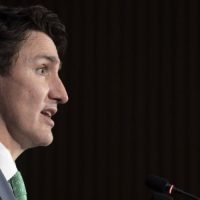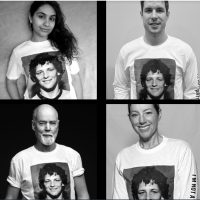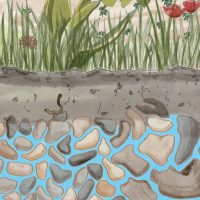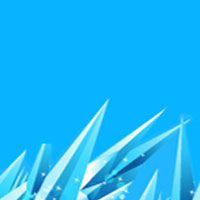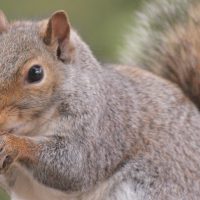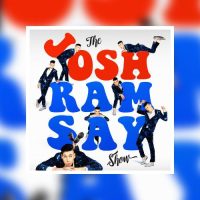Canadians and The Liberation of The Netherlands
May 5th is Liberation Day in the Netherlands as they remember the end of Nazi occupation during WW2.
There is special love for Canadians among people in the Netherlands, especially the older generations.
During World War 2, when the Germans invaded the Netherlands, Queen Wilhelmina and the Dutch Royal Family sought refuge in Canada. In fact, Dutch princess Margriet was born in the Ottawa Hospital in January, 1943, in a ward that had been declared ‘Dutch soil’. After the war, the Royal Family sent 100, 000 tulip bulbs to Ottawa as a thank you. The gift of bulbs continue to this day (20, 000 tulips sent) and can be seen during the Canadian Tulip Festival in Ottawa.
But, of course, it wasn’t just that. After being under Nazi occupation for 5 years, the Canadians liberated the Netherlands.

Dutch children dressed in orange paper hats and ribbons to celebrate the 2nd Canadian Infantry Division’s liberation of Goes, Netherlands, October 30, 1944
The Canadian Encyclopedia describes it like this:
In the final months of the Second World War, Canadian forces were given the important and deadly task of liberating the Netherlands from Nazi occupation. From September 1944 to April 1945, the First Canadian Army fought German forces on the Scheldt estuary — opening the port of Antwerp for Allied use — and then cleared northern and western Netherlands of Germans, allowing food and other relief to reach millions of desperate people. Today, Canada is fondly remembered by the Dutch for ending their oppression under the Nazis.
On May 5th, 1945, Canadian General Charles Foulkes met with German General Johannes Blaskowitz at the Hotel de Wereld in Wageningen, Holland, where he accepted the surrender of all German forces in the Netherlands.
Coming to Canada
After WW2, about half a million Dutch people left the Netherlands. About 185 000 or 37% of them came to Canada. Many came here as experienced farmers, most settling in Ontario. [1] So, many people in Simcoe County have Dutch heritage.
Here are some more photos of the liberation of the Netherlands.

Trooper C. Borgfelt of the Fort Garry Horse showing snapshots from home to an unidentified Dutch woman, Goes, Netherlands, November 1, 1944

Trucks loaded with refugees and their bicycles, who were evacuated from south of Arnhem, arriving at Nijmegen, Netherlands, November 20, 1944

Lance-Corporal Harry Repay of the Scout Platoon, South Saskatchewan Regiment, visiting a Dutch family in their home near Nijmegen, Netherlands, December 8, 1944

Lance-Corporal H.G. Roseborough of No. 8 Provost Company, Canadian Provost Corps, painting signs. March 15, 1945.

Personnel of the 7th Field Company, Royal Canadian Engineers (RCE), sweeping for mines, Doetinchem, Netherlands, April 1, 1945

Lieutenant W.J. Trump and Trooper W.H.G. Ritchie of the Fort Garry Horse offering chewing gum to a Dutch child after the liberation of Rijssen, Netherlands, April 9, 1945

Infantry of the Black Watch of Canada (Royal Highland Regiment) crossing the Regge River, south of Ommen, Netherlands, April 10, 1945

Dutch women and children sitting on a Sherman VC Firefly tank of Lord Strathcona’s Horse (Royal Canadians) April 19, 1945

Infantrymen of the West Nova Scotia Regt surrounded by Dutch people celebrating the liberation of the Netherlands, May 1945

Canadian Women’s Army Corps (CWAC) Pipe and Brass Bands preparing to take part in the CWAC anniversary march past Apeldoorn, Netherlands, August 13, 1945

Dutch girls waiting to place flowers at a monument commemorating Canadian soldiers who were killed in action in the liberation of the Netherlands, Moerstraaten, Netherlands, August 26, 1945
Photos from Library and Archives Canada on Flickr. See the collection HERE.

